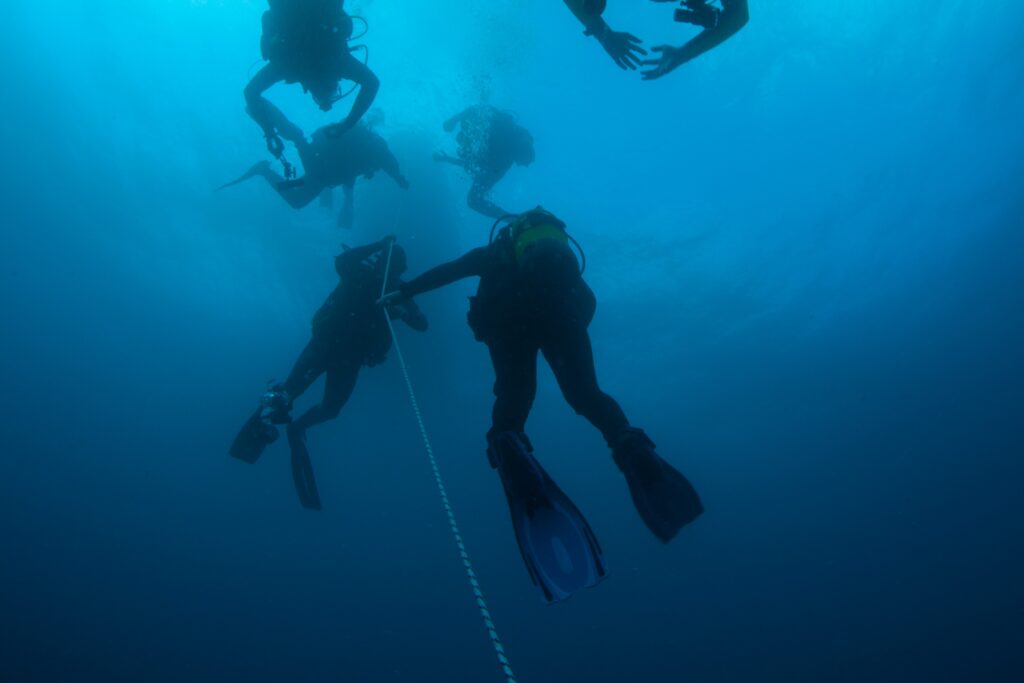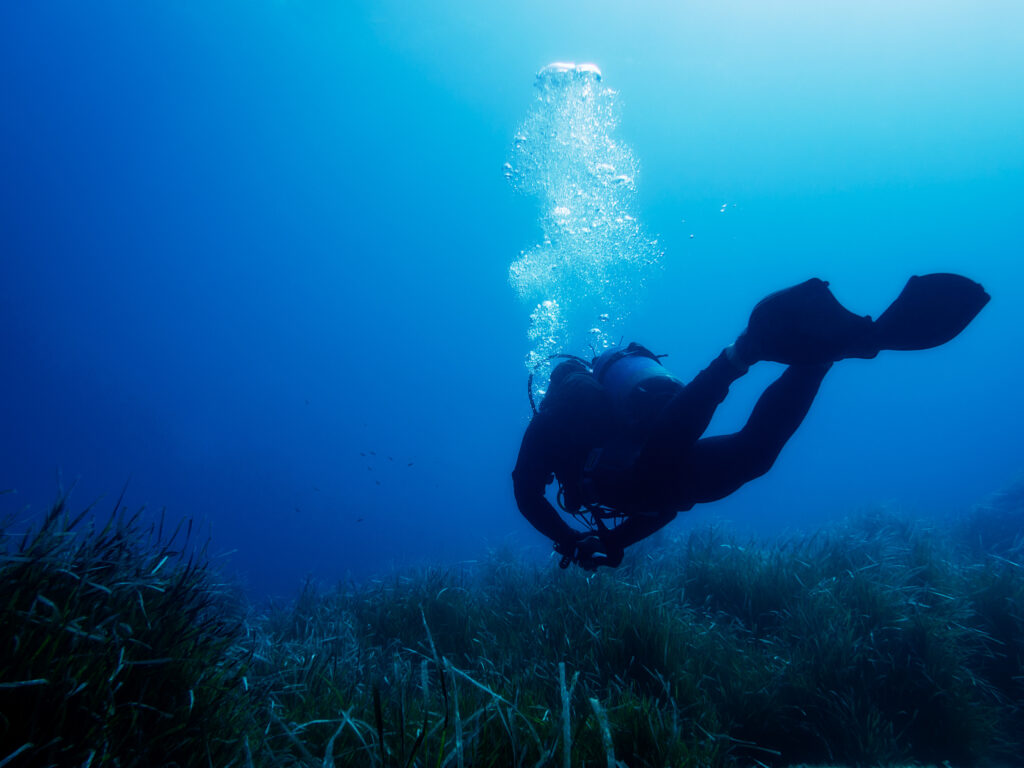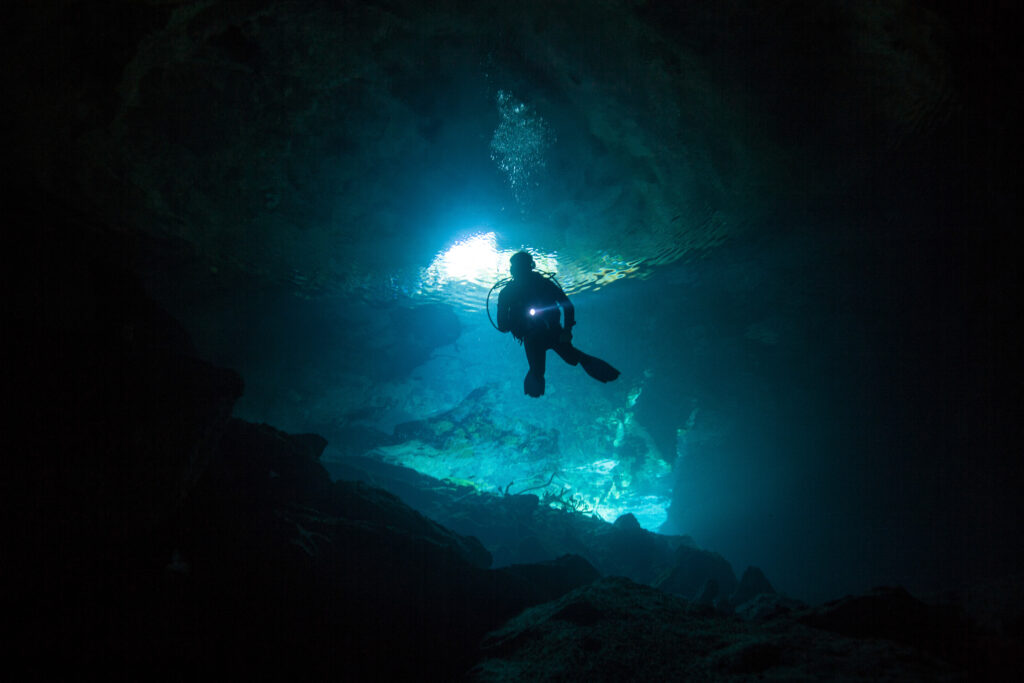10 Things Not to Forget at Home When Packing for Your Next Scuba Diving Trip

Imagine this scenario: you’ve finally arrived at one of the world’s most exquisite diving locations, eager to explore the colorful, vibrant depths below. As you unpack, your heart sinks when you realize that you’ve left a crucial piece of equipment behind. Scuba diving offers an unmatched adventure, plunging into an alien world filled with wondrous marine life and serene, untouched landscapes. However, this thrilling experience requires not just bravery and enthusiasm but meticulous preparation.
10 Things to Leave at Home When Packing for Your Next Scuba Diving Trip

Imagine this: You’re on your way to an exotic island surrounded by some of the clearest and most enchanting waters you’ve ever seen. You’ve been planning this scuba diving trip for months. The excitement is palpable as you envision the vibrant coral reefs and colorful marine life you’re about to encounter. But as you arrive […]
What is a Active Addition Semi-Closed Circuit Rebreather Systems?

Active Addition Semi-Closed Circuit Rebreather (AASCCR) systems represent a sophisticated evolution in scuba diving technology, combining the advantages of closed-circuit rebreathers with innovations that enhance safety and usability. These systems are designed to optimally recycle exhaled gases, thereby extending dive times, reducing gas consumption, and minimizing decompression obligations. By actively managing the gas mix in the breathing loop, AASCCR systems offer divers a unique balance between simplicity and efficiency, making them particularly valuable in extended or deep diving scenarios.
What Are Gaseous Impurities?

What Are Gaseous Impurities? In the world of scuba diving, ensuring the purity of breathing gas is paramount. Gaseous impurities refer to any unwanted substances present in the air or gas mixtures used by divers. These impurities can include various gases that, if inhaled in significant quantities, pose serious health risks. Maintaining the highest standard […]
What is a Dive Light?

A dive light is an essential tool for scuba divers, providing illumination in the underwater environment where natural light is often limited. These specialized lights are designed to withstand the harsh conditions of the underwater world, including pressure, moisture, and temperature variations. Dive lights enhance visibility, safety, and the overall diving experience, making them indispensable for night dives, cave dives, and exploring shipwrecks. They also aid in underwater navigation and communication, helping divers signal each other and identify landmarks. With advancements in technology, dive lights have evolved to offer various features tailored to different diving needs.
What is a Primary Light?

A primary light is an essential tool for scuba divers, serving as the main source of illumination during underwater excursions. The role of a primary light extends beyond simply illuminating the surroundings; it enhances visibility, aids in navigation, and significantly contributes to safety. Whether diving in murky waters, exploring intricate underwater caves, or embarking on a night dive, a reliable primary light ensures that divers can see their environment clearly, identify potential hazards, and communicate effectively with their diving partners. Understanding the importance and functionality of primary lights is crucial for anyone engaging in scuba diving activities.
What is an Inflator Valve?

An inflator valve is a crucial component of scuba diving equipment, particularly in buoyancy compensators (BCDs), allowing divers to adjust their buoyancy underwater. By adding or releasing air into the BCD, divers can achieve neutral buoyancy, making it easier to maintain their position in the water. The inflator valve’s functionality directly influences a diver’s control and safety, making it an essential element for any diving expedition.
What is a K Valve?

The K valve is an essential component in scuba diving equipment, playing a critical role in ensuring the safe and efficient delivery of air from the scuba tank to the diver. This valve, typically found atop scuba tanks, allows divers to control the flow of air with precision. Its design and functionality have made it a popular choice among divers for decades. Understanding the K valve is crucial for anyone involved in scuba diving, as it impacts both safety and the overall diving experience.
What is an LED Dive Light?

LED dive lights are a critical tool for underwater exploration, providing divers with the necessary illumination to navigate and observe their environment. Light Emitting Diode (LED) technology has revolutionized underwater lighting, offering a reliable and efficient source of light that is well-suited for the unique demands of diving. This article explores the history, technological aspects, design features, types, applications, advantages and disadvantages, maintenance, safety considerations, and market trends of LED dive lights.
What is a Pony Bottle?

A pony bottle, in the context of scuba diving, refers to a small, independent scuba cylinder that acts as an emergency air supply. Divers often rely on pony bottles as a crucial backup system in case their primary air source fails. This additional cylinder provides a diver with an extra layer of safety, ensuring they have enough breathable gas to reach the surface or their dive buddy in the event of an emergency. The name “pony bottle” aptly describes its role as a smaller companion to the main tank, much like a pony is to a horse. Understanding the function and proper use of a pony bottle is essential for any diver who values safety and preparedness underwater.
